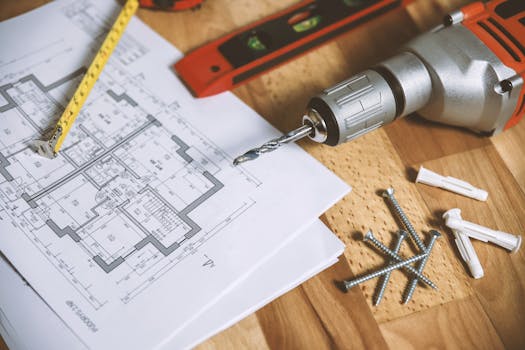The Impact of 3D Printing on Manufacturing
3D printing, also known as additive manufacturing, has revolutionized the manufacturing industry. This technology enables the creation of three-dimensional objects from digital models, layer by layer. From its early use in prototyping to its current applications in various sectors like healthcare, aerospace, and consumer goods, 3D printing has significantly altered traditional manufacturing processes.

The Evolution of 3D Printing
The origins of 3D printing date back to the 1980s when Chuck Hull invented stereolithography. Initially used for rapid prototyping, the technology has evolved to include various methods such as selective laser sintering (SLS) and fused deposition modeling (FDM). These advancements have expanded the scope of 3D printing from simple models to complex, functional parts.
Early adopters primarily used 3D printing for creating prototypes quickly and cost-effectively. However, as materials and techniques improved, the technology found applications in end-use parts production. According to a report by Wohlers Associates, the global 3D printing market was valued at $12.6 billion in 2020 and is expected to grow substantially over the next decade.
The evolution of software has also played a crucial role in advancing 3D printing. CAD (Computer-Aided Design) software has become more sophisticated, allowing designers to create intricate models that were previously impossible to manufacture using traditional methods.
Impact on Manufacturing Processes
One of the most significant impacts of 3D printing on manufacturing is the reduction in lead times. Traditional manufacturing often involves lengthy processes, including tooling and setup. In contrast, 3D printing allows for rapid production directly from digital models, significantly shortening development cycles.
Additionally, 3D printing reduces waste by using only the material necessary to create an object. This contrasts with subtractive manufacturing methods like milling or machining, which often result in considerable material waste. For example:
- Reduced material waste
- Lower energy consumption
- Minimized inventory requirements
The ability to produce complex geometries without additional cost also sets 3D printing apart from traditional methods. This capability opens up new design possibilities that were previously constrained by manufacturing limitations.
Applications Across Industries
The versatility of 3D printing has led to its adoption across various industries. In healthcare, it is used for creating custom prosthetics and implants tailored to individual patients. The aerospace industry benefits from lightweight components that improve fuel efficiency.
In consumer goods, companies are leveraging 3D printing for personalized products. For instance, Adidas uses this technology to produce custom insoles for their footwear line. The automotive sector employs 3D printing for producing both prototypes and end-use parts, enhancing design flexibility and reducing time-to-market.
The table below highlights some key applications across different industries:
| Industry | Application | Benefits |
|---|---|---|
| Healthcare | Custom prosthetics and implants | Personalization and improved patient outcomes |
| Aerospace | Lightweight components | Fuel efficiency and design flexibility |
| Consumer Goods | Personalized products | Customization and reduced inventory costs |
| Automotive | Prototypes and end-use parts | Faster development cycles and design innovation |
Challenges and Limitations
Despite its advantages, 3D printing faces several challenges. The initial cost of high-quality printers can be prohibitive for small businesses. Additionally, there are limitations regarding the size of objects that can be printed and the range of materials available.
Quality control is another concern. While 3D printing can produce highly detailed parts, inconsistencies can arise due to variations in printer calibration and environmental conditions. Ensuring uniform quality across multiple units remains a challenge.
The regulatory landscape also poses hurdles. In sectors like healthcare and aerospace, stringent regulations govern the use of materials and manufacturing processes. Navigating these regulations can be complex and time-consuming.
The Future of 3D Printing in Manufacturing
Innovations in materials science are expanding the range of printable materials, including metals and ceramics. Advances in multi-material printing are also enabling the creation of more complex assemblies in a single print job. The integration of artificial intelligence (AI) and machine learning into 3D printing workflows is another exciting development, with these technologies having the ability to optimize print settings in real-time, improving quality control and reducing waste further.
3D printing has had a transformative impact on manufacturing by reducing lead times, minimizing waste, and enabling complex designs that were previously unachievable with traditional methods. Its applications span various industries, from healthcare to aerospace, offering customized solutions that improve efficiency and product performance. We can only imagine the future opportunities that this technology may bring; everything from printing car parts to building houses and everything else in between!